You have probably already read some great articles at Photography Life regarding framing of your subjects and all the rules that are applicable while doing so (if you have not, check out the section on composition in the photography tips for beginners page). This time around, I want to draw your attention to framing subjects with natural elements to create compelling images. For me personally, photographing is like narrating a story, so I often find it important to incorporate the surrounding elements of the scene along with my subjects. While you can certainly take fantastic photos isolating your subjects with creamy bokeh, I believe that decorating your shots with creative framing will help you add some substance and a pleasant visual appeal to enhance the story.
Do Location and Type of Photography Matter When Looking for Natural Frames?
I personally photograph weddings and portraits, so almost all of the images presented in this article come from working in the field with my clients. Although we might not be always free to let our creative juices flow due to time and other constraints, being able to “see” what is around us and being able to integrate surrounding elements into our work can be potentially rewarding. The good news is, you do not have to be in a stunning location to be able to do this – at times, just a limb of a tree or a little corner of a bush will suffice. If you are not sure of what element(s) to incorporate in your shots, you can always blur the background out with a slightly visible natural frame that will caress the outer edges of the photograph. This alone can help add mystery to your story line, which the viewer can relate to or follow.
Vignetting with Natural Elements
Vignetting (not to be confused with optical vignetting) is a technique that is often used to help draw the viewer’s attention on the subject by weakening the impact of the surrounding elements. When utilized properly and very subtly (even in post-processing) it can be a great technique to use. Generally, we think of vignetting as a darker (or a lighter) halo at the edges of the frame that gradually fades away and softens as it gets closer towards the center of the image. Here, the idea is to try to create a natural vignette using the surrounding elements of the scene. In sample images used in this article, I demonstrate the use of tree branches, leaves and other objects to wrap around my subjects in order to create the vignetting effect. When doing this, you want to make sure that large branches and other distracting elements are not cutting into the middle of the frame and that your subject is positioned in the open area of the naturally occurring frame.
Creating Gradients With Natural Elements
By now, you might have already practiced adding artificial gradients in Photoshop and Lightroom in order to enhance the look of your images. This trick can be successfully done in the field by just framing one of the edges of the frame with a natural element. It could be a branch of a tree or even a blank wall! In this instance, you are surrounding your subject(s) with negative space, which can be a very effective way to compose your images. Rather than leaving the negative space blank, you can even successfully decorate it with simple surrounding elements, which can be naturally-occurring. The gradient element of the photo does not necessarily have to come from a far element either – you can successfully use a foreground element to give some pop of color or add a little drama to your photo.
Photographing Through Elements to Create a Frame
This method is utilized by a lot of photographers. In my opinion, photographing through natural elements around you adds a little more surrealism to images. It often reminds me of a story of Little Red Riding Hood. As I used to follow a narrative of her in the woods while she picked berries and flowers, I often imagined leaves brushing against my face as I tried looking at her through a frame of lush greenery. This would give me a feeling of being there with her, through a tiny window of visual framing.
Decorating photos with frames like this is pretty easy. If you see tree branches around with enough opening to squeeze through with your lens, give it a shot! Play around with this method a bit to understand how it affects your images. When framing shots like this, you might want to experiment with different focal lengths, apertures, camera to subject distance and framing, since you will get different looks.
Creating a Frame Within a Frame
Composing your shot so that you have a frame within a frame can also yield great results. You can create frames using doorways, windows, arches, mirrors and all kinds of other elements that can fit your subject(s). Such composition gives an an excellent opportunity to draw viewers’ attention to your subject(s), because it leads the eye in that particular direction. Using such framing elements also adds a sense of intrigue to images, making them appear much more interesting and engaging.
Next time you go out shooting, give the above techniques a try and let us know what you think in the comments section below!
The post Framing Subjects with Natural Elements appeared first on Photography Life.
from Photography Life https://photographylife.com/framing-subjects-with-natural-elements
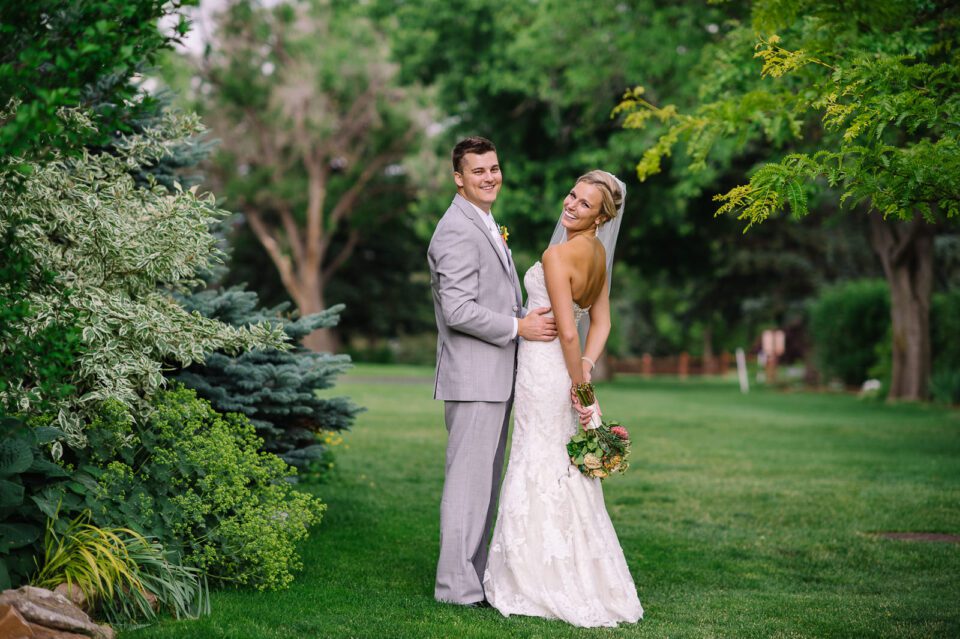
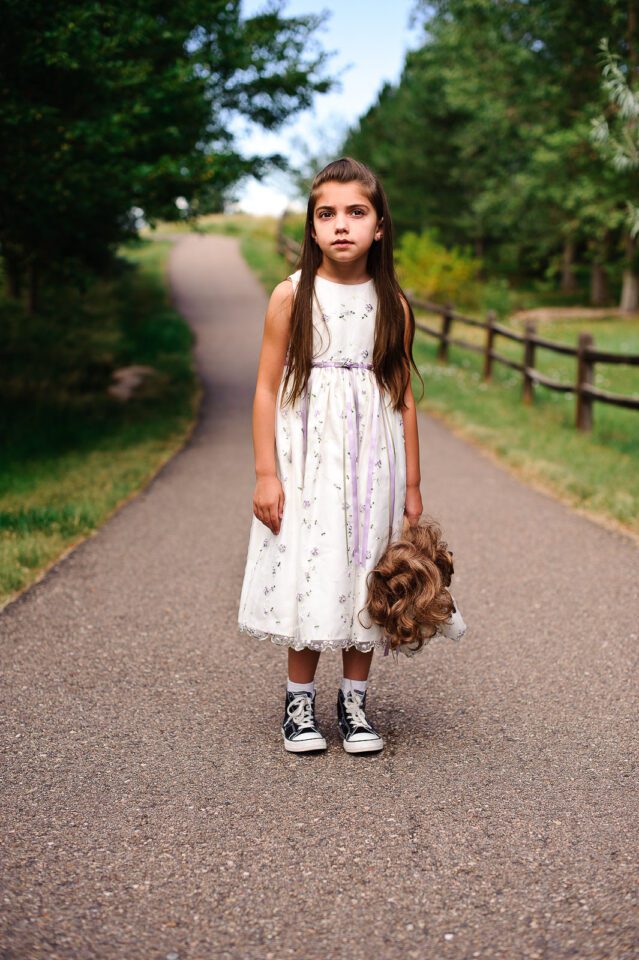
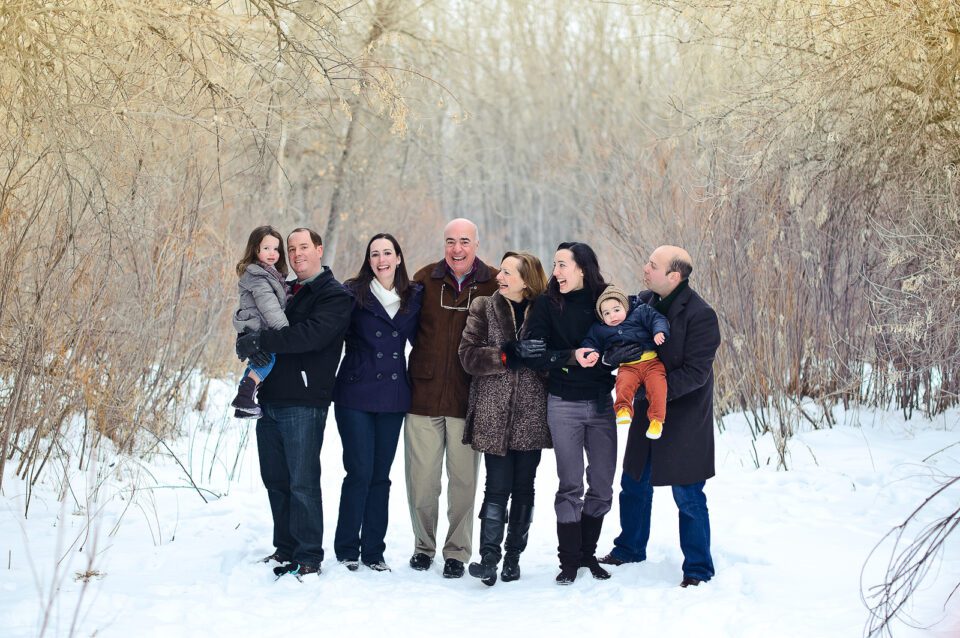
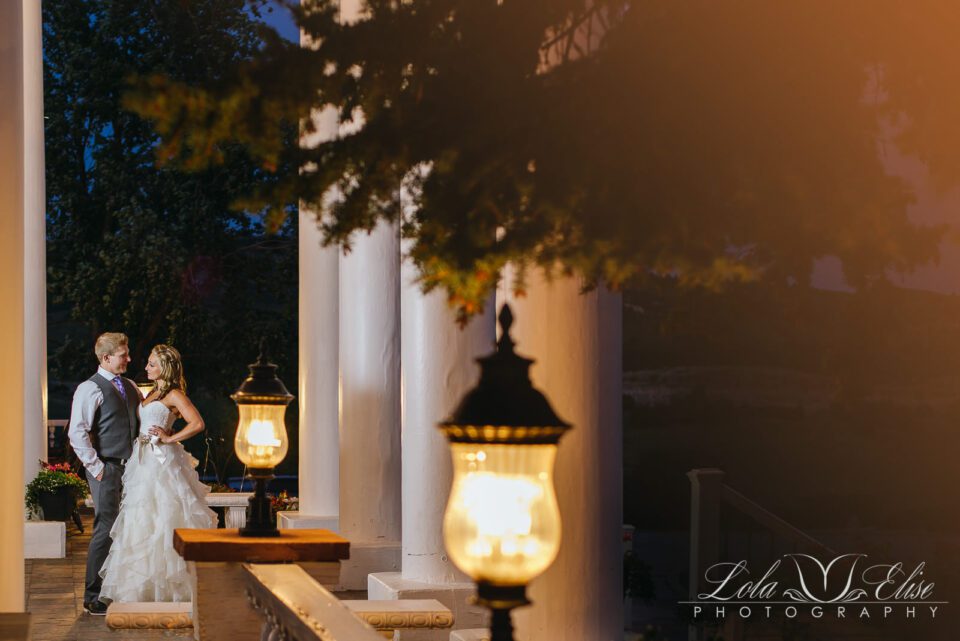

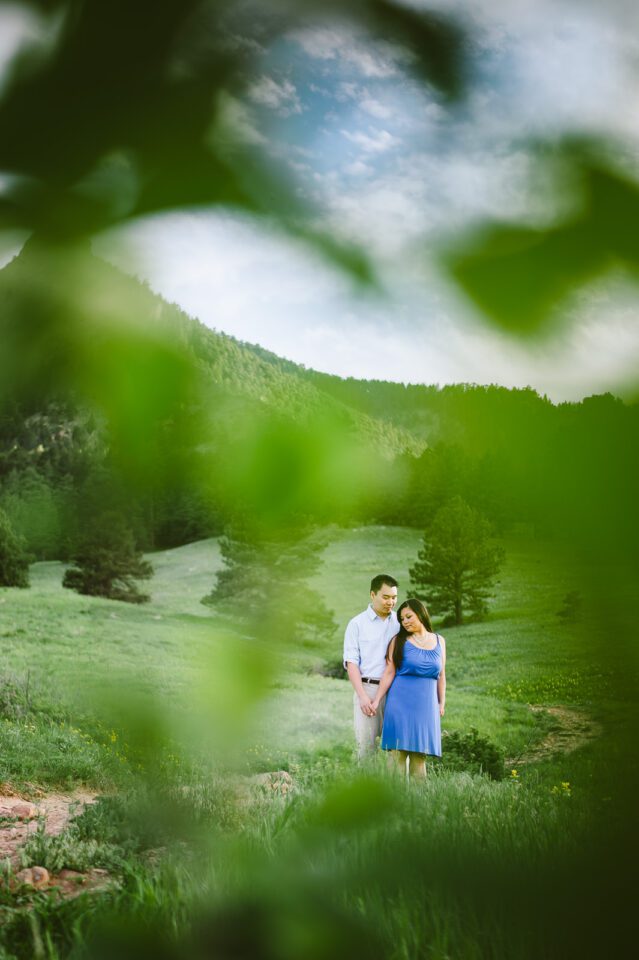
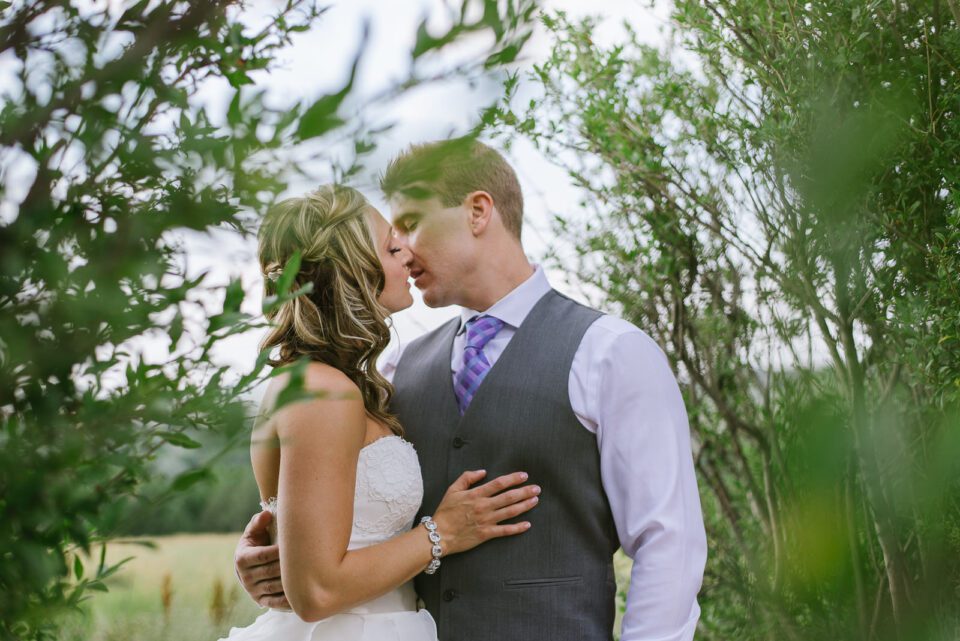

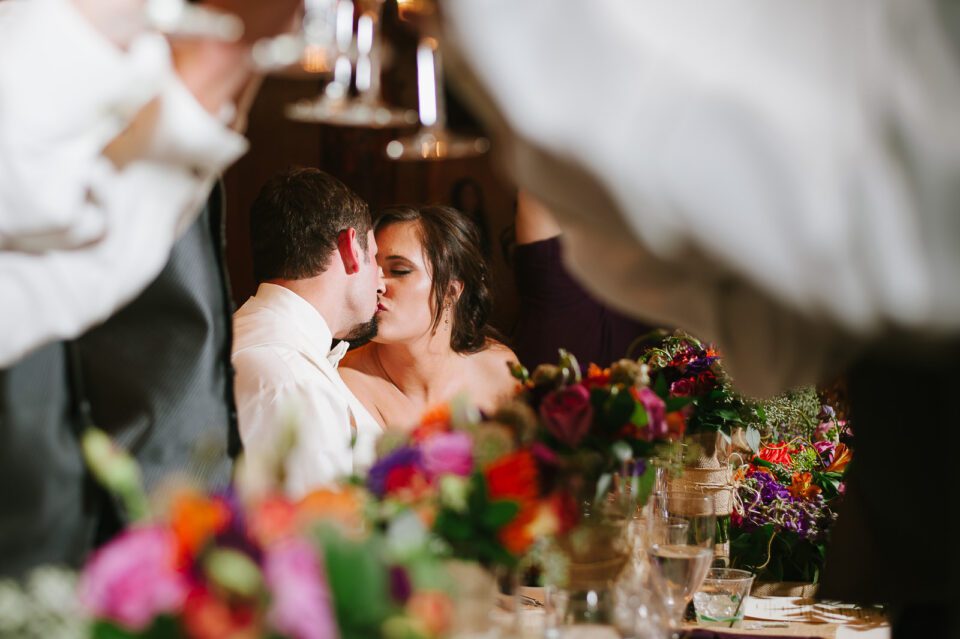
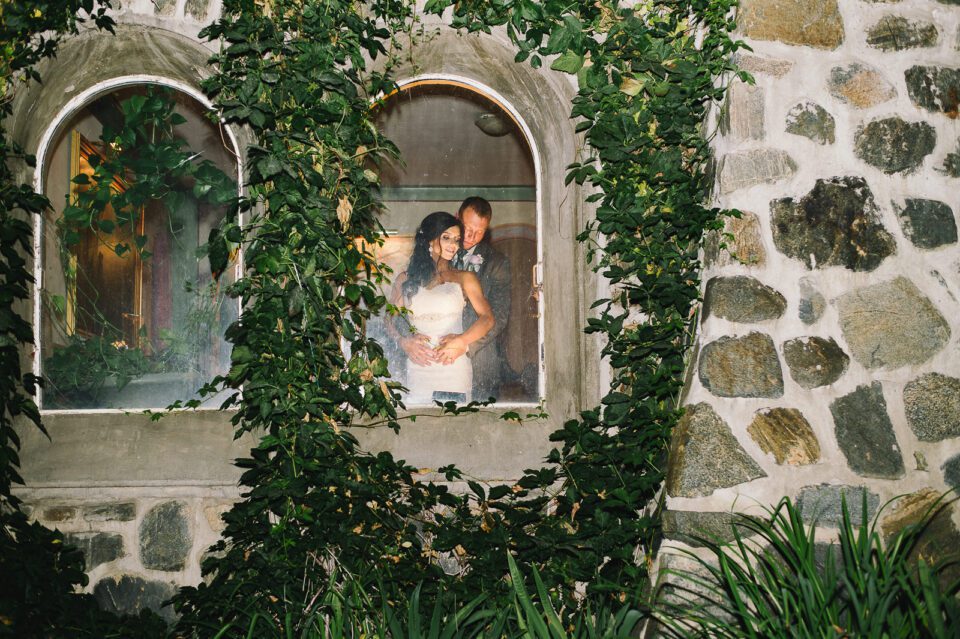
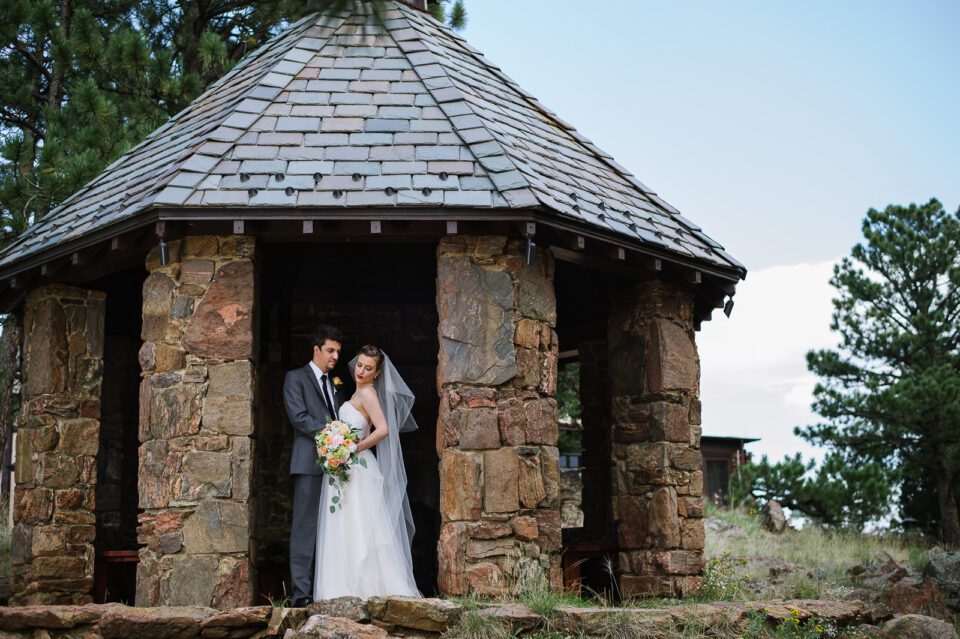
No comments:
Post a Comment